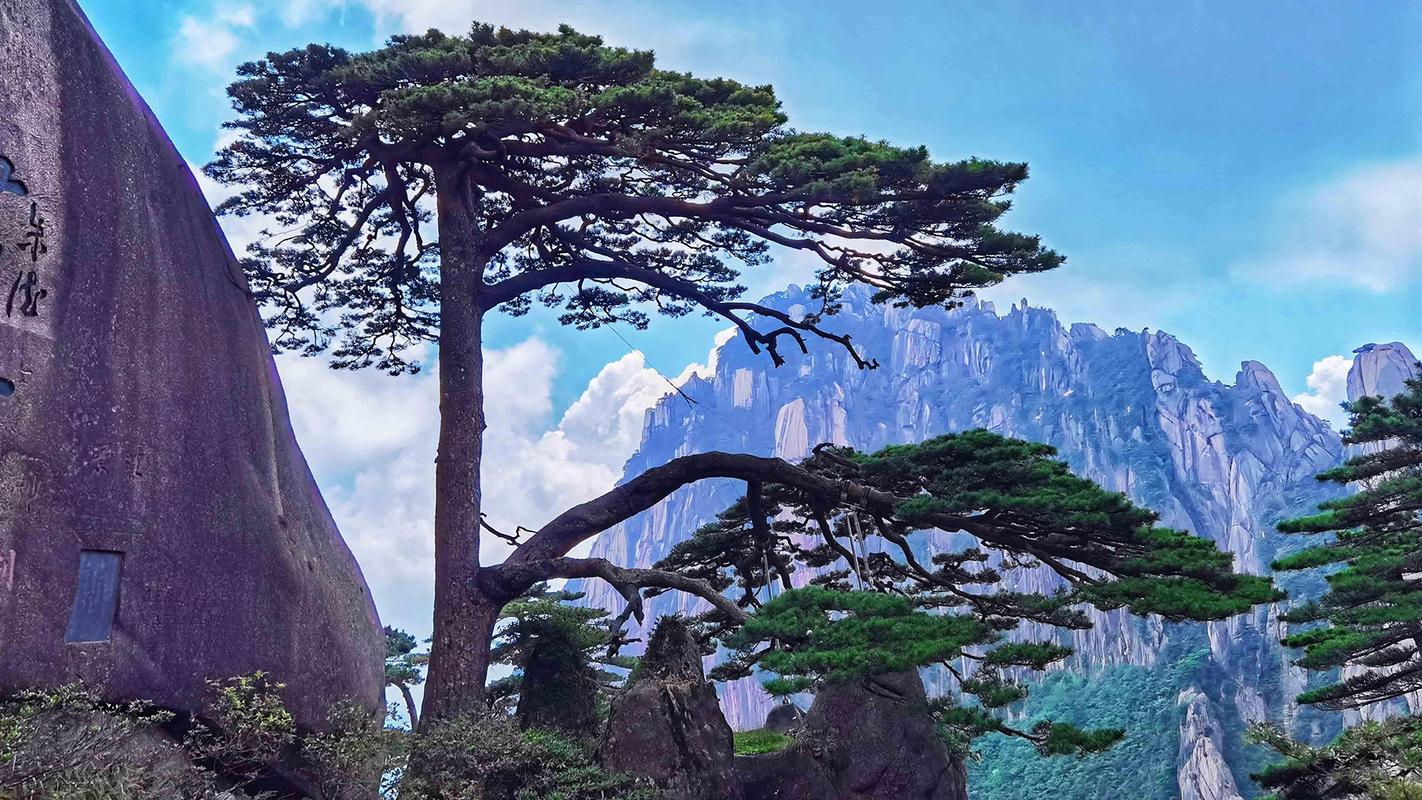Exploring the Rich Diversity of Hawaii’s Cultural Influences
When one thinks of Hawaii, images of pristine beaches, tropical fruits, and welcoming locals come to mind. However, there is much to discover beyond the sun, surf, and sand. Hawaii is a melting pot of cultures that have blended over centuries to create a unique and vibrant society. This article aims to explore the rich diversity of Hawaii’s cultural influences and how they have contributed to the islands’ heritage and identity.
A Brief History of Hawaii’s Cultural Influences
Hawaii’s history dates back to around 300AD when the Polynesians first arrived in the islands. They brought with them their language, culture, and traditions. For centuries, the Polynesians lived in isolation, developing their own distinct way of life.
In 1778, Captain James Cook discovered Hawaii and introduced the islands to the world. With the arrival of Westerners came Western influences, such as Christianity and the English language. In the late 1800s, thousands of migrants from Asia arrived to work on Hawaii’s sugar plantations, bringing their own distinct cultures with them.
Today, Hawaii’s cultural influences also include Portuguese, Filipino, and Puerto Rican, all of which have contributed to the islands’ unique heritage.
Hawaiian Culture
Hawaiian culture is the foundation upon which all other cultural influences have been built. The Hawaiian language, music, hula dancing, and cuisine remain important parts of modern-day Hawaii. However, many of these traditional practices were nearly lost during the period of Americanization that followed Hawaii’s annexation in 1898.
Fortunately, the Hawaiian Renaissance of the 1970s saw a renewed interest in preserving and celebrating Hawaiian culture. The movement sparked the revitalization of hula dancing, the Hawaiian language, and traditional arts and crafts, such as lei making and wood carving.
Asian Culture
Asian cultural influences are prevalent throughout Hawaii, as the islands’ Asian population makes up more than a third of the total population. The Japanese introduced the art of bonsai to Hawaii, which has since become a beloved hobby for many locals. Chinese culture has contributed to Hawaii’s food scene, with dim sum and Peking duck being popular dishes. Filipino culture has also left its mark on Hawaii, as seen in the traditional Filipino dance of tinikling and adobo, a Filipino pork dish.
Western Culture
Western cultural influences have been present in Hawaii since the arrival of Captain Cook. Christianity is now the most practiced religion in Hawaii, with many churches across the islands. The English language is also widely spoken, and the American influence can be seen in the proliferation of fast-food chains and shopping malls.
Other Cultural Influences
Hawaii’s cultural influences extend far beyond the Polynesian, Asian, and Western influences. The Puerto Rican descendants who arrived in Hawaii in the early 20th century have contributed to Hawaii’s music scene, with the popular sound of reggae flowing throughout the islands. Portuguese culture is evident in the sweet bread and malasadas, a deep-fried doughnut-like pastry coated in sugar.
Conclusion
Exploring Hawaii’s rich diversity of cultural influences highlights the unique blend of traditions, customs, and practices that make up the islands’ heritage and identity. The history of Hawaii’s cultural influences is a testament to the resilience of its people and their commitment to preserving their traditions while embracing the new. From hula dancing to adobo, Hawaii’s cultural tapestry is as vibrant and diverse as the people who call it home.
(Note: Do you have knowledge or insights to share? Unlock new opportunities and expand your reach by joining our authors team. Click Registration to join us and share your expertise with our readers.)
Speech tips:
Please note that any statements involving politics will not be approved.
